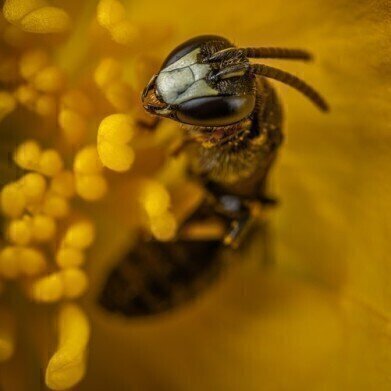Gas Chromatography
How Well Does Ethanol Preserve Insect Chemical Compounds? - Chromatography Explores
Apr 07 2021
Cuticular hydrocarbons play a variety of important roles in insect colonies. They are involved in nestmate communication and signalling of fertility, sex, and kinship. They are also involved in functions such as protection, water and temperature balance, and communication. It is because of their importance that cuticular compounds are often studied to determine which chemicals are in a certain species.
To analyse the chemicals, scientists must first extract them from the cuticle. Evaluation of cuticular hydrocarbon profiles in insects usually starts with their extraction using a non-polar solvent such as hexane. But insects have traditionally been stored in ethanol after collection which is not viewed as ideal for cuticular hydrocarbon extraction. A recent study published in the journal Environmental Entomology has investigated whether chemicals from insect cuticles can be extracted and analysed from insects stored in ethanol - and gas chromatography was key to the work.
Hydrocarbons in the exoskeleton
An insect’s cuticle is the outer layer of the exoskeleton. There are two layers, a thin waxy outer ectocuticle and a thicker procuticle. The cuticle is a composite of water, hydrocarbons, proteins, and fatty acids. Chitin, a polysaccharide, is probably the best-known chemical in the cuticle. Hydrocarbons are non-polar compounds that contain only hydrogen and carbon.
Hydrocarbons can be linear or branched and have backbones of linked carbon atoms with either single or double bonds. It has been found that the hydrocarbons with single bonds often help to stop the insect drying out whilst the double bonded or unsaturated hydrocarbons make more complex structures and are often involved in communication.
Chromatography analyses the hexane for cuticle
To determine whether cuticular compounds can be extracted from insects stored in ethanol, the team used a paper wasp called Polybia paulista. The team performed two experiments on five frozen colonies of wasps. In the first, the wasps were immersed in hexane, and in the second the wasps were immersed in ethanol and then in hexane.
In both cases the team then used gas chromatography-mass spectrometry to analyse the extracted chemicals. The power of chromatography and mass spectrometry to separate complex samples into core components and analyse the components is discussed in the article, Delivering the Power of Ion Mobility Spectrometry-Mass Spectrometry to the Point of Analysis.
The team detected 50 hydrocarbons which were mostly branched alkanes, linear alkanes, and alkenes. The ethanol preserved specimens showed similar chemical profiles to the specimens that had no ethanol contact. The team conclude: that it is possible to study the chemical profiles of ethanol-preserved specimens.
Digital Edition
Chromatography Today - Buyers' Guide 2022
October 2023
In This Edition Modern & Practical Applications - Accelerating ADC Development with Mass Spectrometry - Implementing High-Resolution Ion Mobility into Peptide Mapping Workflows Chromatogr...
View all digital editions
Events
May 05 2024 Seville, Spain
May 15 2024 Birmingham, UK
May 19 2024 Brno, Czech Republic
May 21 2024 Lagos, Nigeria
May 23 2024 Beijing, China













